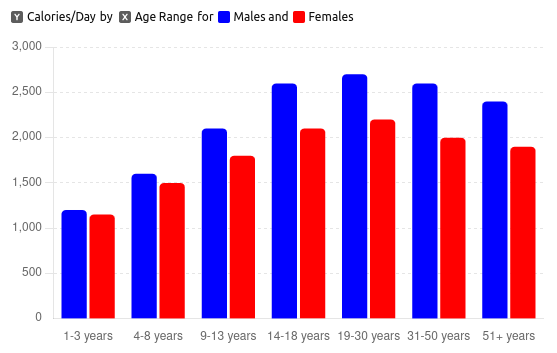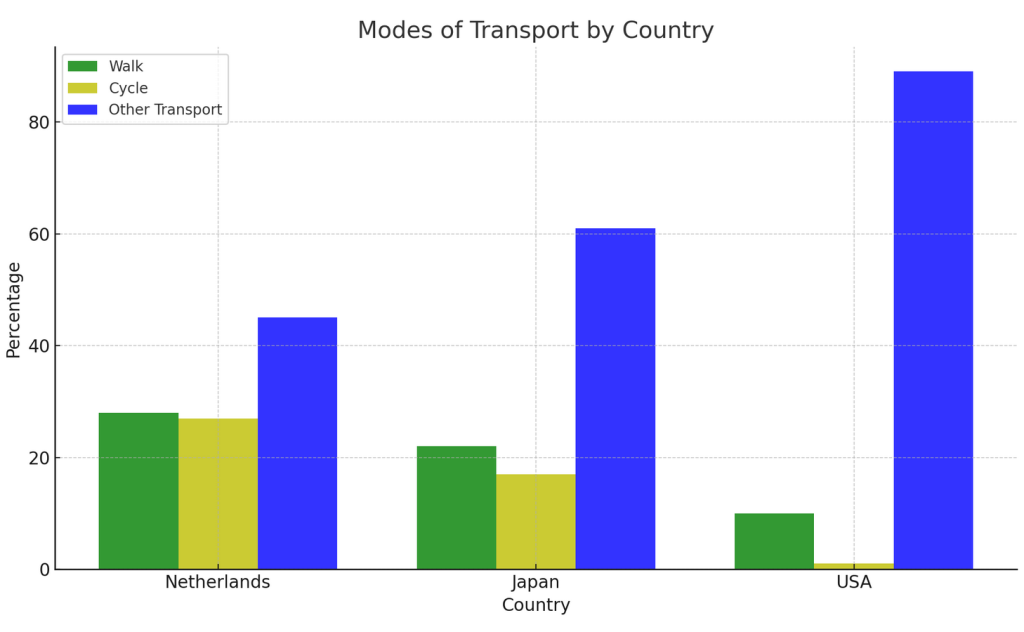The Power of Walking: How to Lose Weight by Walking
Walking is one of the most accessible forms of exercise, requiring no special equipment or training. Yet, it is often underestimated in its ability to contribute significantly to weight loss and overall health improvement. This comprehensive guide will explore the benefits of walking for weight loss, how to walk correctly, and how to integrate walking into daily life for maximum results.

Can Walking Help You Lose Weight?
Yes, walking can help you lose weight. It is a low-impact exercise that burns calories, boosts metabolism, and improves cardiovascular health. Walking at a brisk pace can burn around 300-400 calories per hour, depending on your weight and walking speed. Consistent walking, combined with a healthy diet, can lead to significant weight loss over time.
| Age Range | Males (Calories/Day) | Females (Calories/Day) |
| 1-3 years | 1,000-1,400 | 1,000-1,300 |
| 4-8 years | 1,200-2,000 | 1,200-1,800 |
| 9-13 years | 1,600-2,600 | 1,400-2,200 |
| 14-18 years | 2,000-3,200 | 1,800-2,400 |
| 19-30 years | 2,400-3,000 | 2,000-2,400 |
| 31-50 years | 2,200-3,000 | 1,800-2,200 |
| 51+ years | 2,000-2,800 | 1,600-2,200 |

These values are general guidelines from the USDA Dietary Guidelines for Americans and are meant to serve as a reference. Individual caloric needs can vary based on factors such as physical activity level, muscle mass, and overall health. For a more personalized assessment, it’s recommended to consult with a healthcare provider or a registered dietitian.
What We Consider Walking
Walking, in the context of exercise, involves moving at a brisk pace that elevates your heart rate while still allowing you to maintain a conversation. This differs from casual strolling and requires a more deliberate effort to maximize the health benefits.
Indications and Contraindications for Walking
Indications:
- General fitness: Suitable for most individuals, regardless of fitness level.
- Weight loss: Effective for gradual and sustainable weight loss.
- Cardiovascular health: Improves heart health and reduces the risk of chronic diseases.
- Mental well-being: Reduces stress, anxiety, and depression symptoms.
Contraindications:
- Severe arthritis or joint problems: May require modified walking programs.
- Serious cardiovascular conditions: Consultation with a healthcare provider is necessary.
- Acute injuries: Walking should be avoided until healing occurs.
Can Any Obesity Be Eliminated by Walking?
While walking is beneficial, it is not a standalone solution for eliminating obesity, particularly in severe cases. For significant weight loss, a combination of diet, more intense exercise, and medical supervision may be required. However, walking can be a pivotal part of a weight loss strategy and help maintain weight loss.
How to Go for Walks Correctly
- Warm-Up: Start with a five-minute warm-up of slow walking or stretching.
- Posture: Keep your head up, back straight, and shoulders relaxed.
- Stride: Walk with a natural stride, rolling your foot from heel to toe.
- Pace: Aim for a brisk pace where you can still talk but feel slightly out of breath.
- Cool Down: End with a five-minute cool-down of slow walking and stretching.
Results Achievable by Regular Walking
Regular walking can lead to numerous health benefits, including:
- Weight loss: Steady reduction in body weight and fat.
- Improved cardiovascular health: Lower blood pressure and cholesterol levels.
- Enhanced muscle tone: Toning of legs, glutes, and core muscles.
- Mental health: Reduced stress levels and improved mood.
- Increased endurance: Improved stamina and energy levels.
How to Make Walking More Effective for Losing Weight
- Increase Intensity: Incorporate intervals of brisk walking or uphill walking.
- Add Weights: Use hand weights or a weighted vest to increase calorie burn.
- Consistency: Walk regularly, aiming for at least 150 minutes of moderate walking per week.
- Combine with Strength Training: Add bodyweight exercises like squats or lunges during your walk.
Importance of Area Appearance and State of Mind
The environment where you walk and your mental state can significantly impact your walking routine’s effectiveness. Walking in pleasant, scenic areas can boost mood and motivation, making the exercise more enjoyable and sustainable. Additionally, walking can help clear your mind, reducing stress and improving overall mental health.
Best Shoes for Walking
The right shoes can prevent injuries and make walking more comfortable:
- Supportive: Look for shoes with good arch support and cushioning.
- Fit: Ensure a proper fit with enough room for toes to move.
- Breathable: Choose materials that allow your feet to breathe.
- Durable: Opt for shoes designed specifically for walking or running.
Can the Journey to and From Work Be Considered a Walk?
Yes, commuting by foot can be an excellent way to integrate walking into your daily routine. It provides a practical way to ensure you get regular exercise without needing extra time set aside specifically for a workout.
Tips on Ditching the Car for Walking
- Plan Routes: Map out safe and scenic walking routes to work or other destinations.
- Time Management: Allocate extra time for your journey to account for walking.
- Combine with Public Transport: Walk part of the way and use public transport for longer distances.
- Use Walking Meetings: Suggest walking meetings at work to incorporate more steps.
Walking vs. Transport: International Statistics
The percentage of the population that walks versus using transport varies by country:
- Netherlands: 28% walk, 27% cycle, 45% use other forms of transport.
- Japan: 22% walk, 17% cycle, 61% use other forms of transport.
- USA: 10% walk, 1% cycle, 89% use other forms of transport.

These differences impact overall public health, with countries with higher walking and cycling rates generally showing lower obesity rates and better cardiovascular health outcomes.
Research on Walking and Health
Numerous studies have highlighted the benefits of walking:
- Harvard Medical School: Found that walking 30 minutes a day can reduce heart disease risk by 19%.
- American Diabetes Association: Walking 150 minutes a week can lower the risk of type 2 diabetes by 58%.
- Stanford University: Showed that walking boosts creativity and mental health.
These studies confirm that regular walking can have profound health benefits, supporting weight loss and overall well-being.
Sources
- Harvard Medical School
- American Diabetes Association
- Stanford University
- National Institute of Diabetes and Digestive and Kidney Diseases (NIDDK)
- World Health Organization (WHO)
In conclusion, walking is a powerful tool for weight loss and health improvement. By understanding how to walk correctly, integrating it into daily life, and enhancing its effectiveness, you can achieve significant and lasting health benefits.